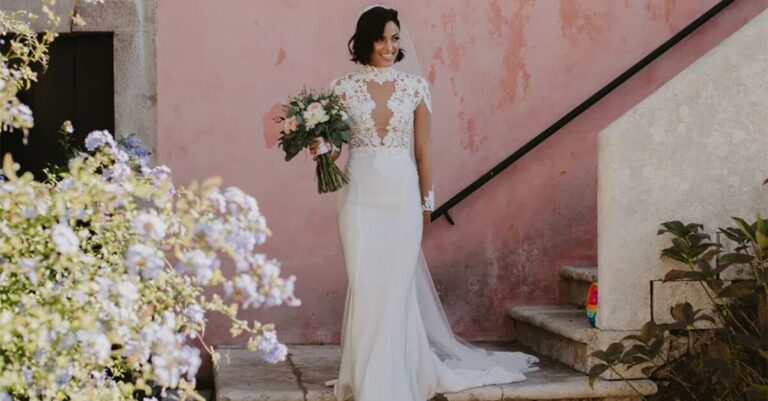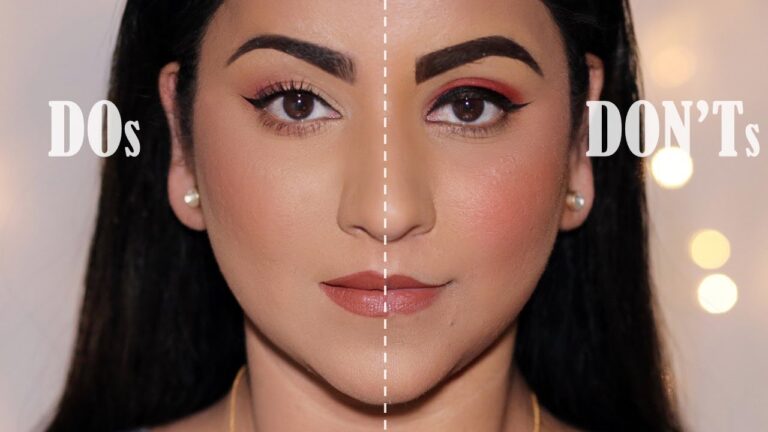Blurring the Lines Between Streetwear and High Fashion: The Rise of Retro Style
Fashion is an ever-evolving reflection of culture, and few trends capture this dynamic better than the convergence of streetwear and high fashion. Over the last decade, the rise of retro-inspired style has played a significant role in blurring these lines, creating a space where casual meets couture in ways that resonate across generations.
The Retro Revival in Numbers
The global fashion market was valued at $1.7 trillion in 2022, with a significant portion attributed to streetwear and vintage-inspired collections. Streetwear alone accounts for about 10% of the market, driven by younger consumers. According to a survey by Hypebeast and PwC, 70% of respondents said exclusivity and nostalgia were key factors in their fashion purchases, underscoring why retro aesthetics remain so appealing.
Retro style, characterized by bold colors, graphic prints, and vintage cuts, taps into a collective yearning for familiarity and authenticity. With Gen Z and millennials embracing the past through their wardrobes, major luxury brands like Gucci, Louis Vuitton, and Dior have seamlessly incorporated retro elements into their collections, merging high-end craftsmanship with street-level appeal.
When Street Meets Luxe
The partnership between streetwear and luxury fashion is no longer groundbreaking—it’s expected. Collaborations such as Supreme x Louis Vuitton and Adidas x Prada have set the tone for how street culture integrates with high fashion. These collaborations blend exclusivity with accessibility, creating pieces that are both wearable and status symbols.
Retro elements are central to this movement. Graphic tees reminiscent of 1980s band shirts, track suits with bold stripes harking back to ‘90s sportswear, and bucket hats straight out of hip-hop’s golden era are now staples on runways and in street style. These trends offer a sense of nostalgia while celebrating individuality.
Why Retro Works
The rise of retro style is more than a passing trend; it reflects a deeper cultural shift. In a world saturated with technology and fast-paced change, retro aesthetics provide comfort and a connection to simpler times. Fashion historian Valerie Steele notes, “The past is a resource that can be endlessly reinterpreted for new meanings.”
This cultural phenomenon is also profitable. The secondhand apparel market, fueled by demand for authentic vintage pieces, is expected to reach $77 billion by 2025, according to ThredUp. Meanwhile, contemporary brands that replicate vintage looks—such as band shirts available at Backstage Originals—capitalize on the nostalgia while offering modern-day accessibility.
Sustainability and the Retro Movement
The retro trend aligns with the growing emphasis on sustainability in fashion. Vintage shopping and retro-inspired collections encourage reusing and repurposing clothing, reducing the industry’s environmental footprint. A report by McKinsey highlights that 65% of consumers consider sustainability a significant factor when making fashion purchases, further solidifying retro style’s place in the modern wardrobe.
What’s Next for Retro Streetwear and High Fashion?
As retro continues to dominate both high-end and streetwear markets, the lines between these categories will likely blur even further. Expect to see more collaborations, vintage-inspired capsule collections, and a stronger focus on sustainable practices.
Retro style is no longer just a nod to the past; it’s a statement about the future of fashion—where inclusivity, nostalgia, and sustainability converge. Whether it’s a high-fashion runway or a city street, retro-inspired pieces celebrate individuality while uniting fashion enthusiasts in their shared love for the past. The rise of retro proves that what’s old is new again, and it’s here to stay.
Keep an eye for more latest news & updates on Glamour Tomorrow!






